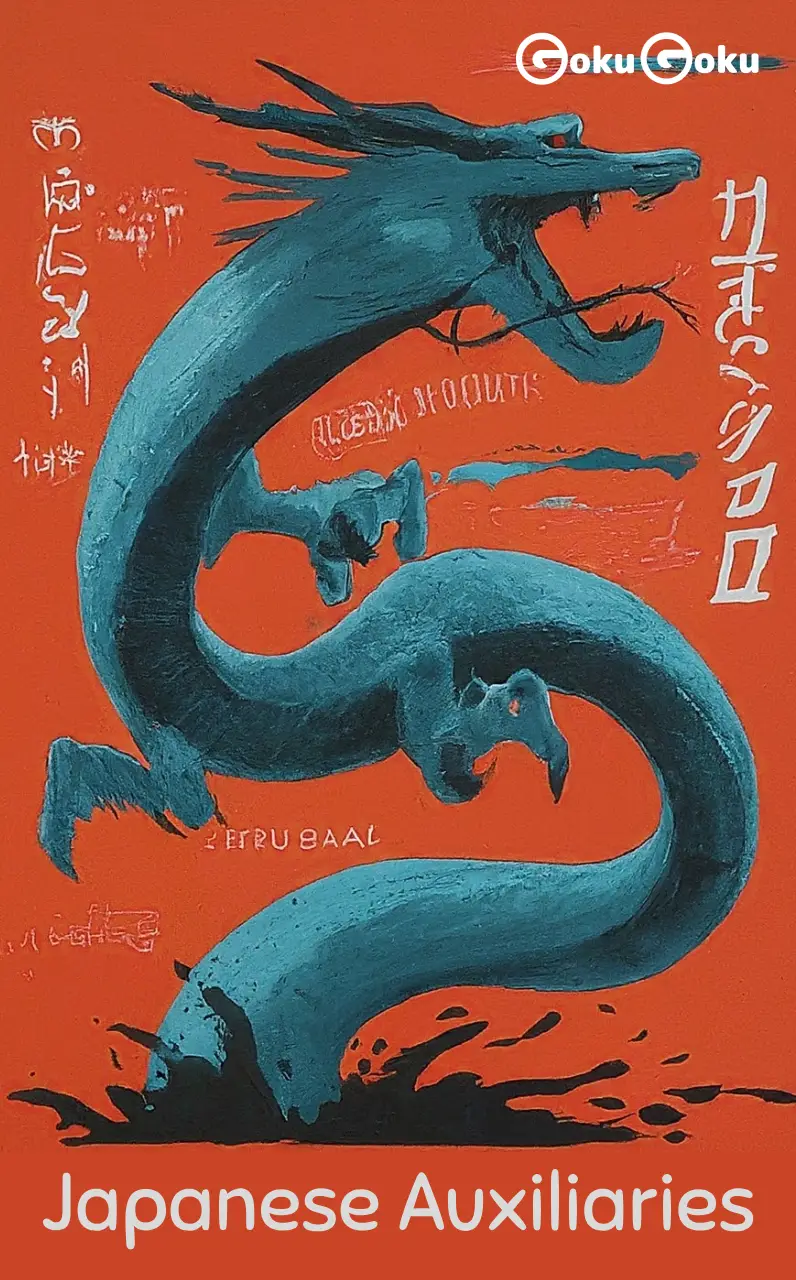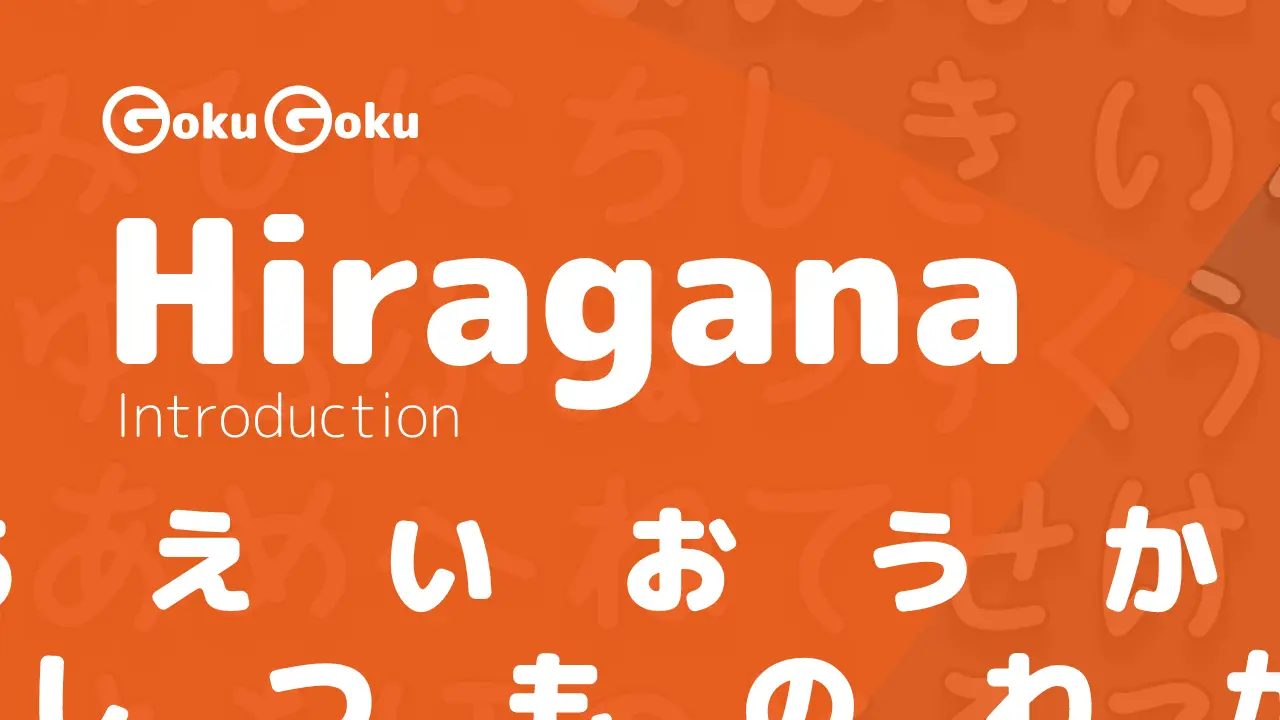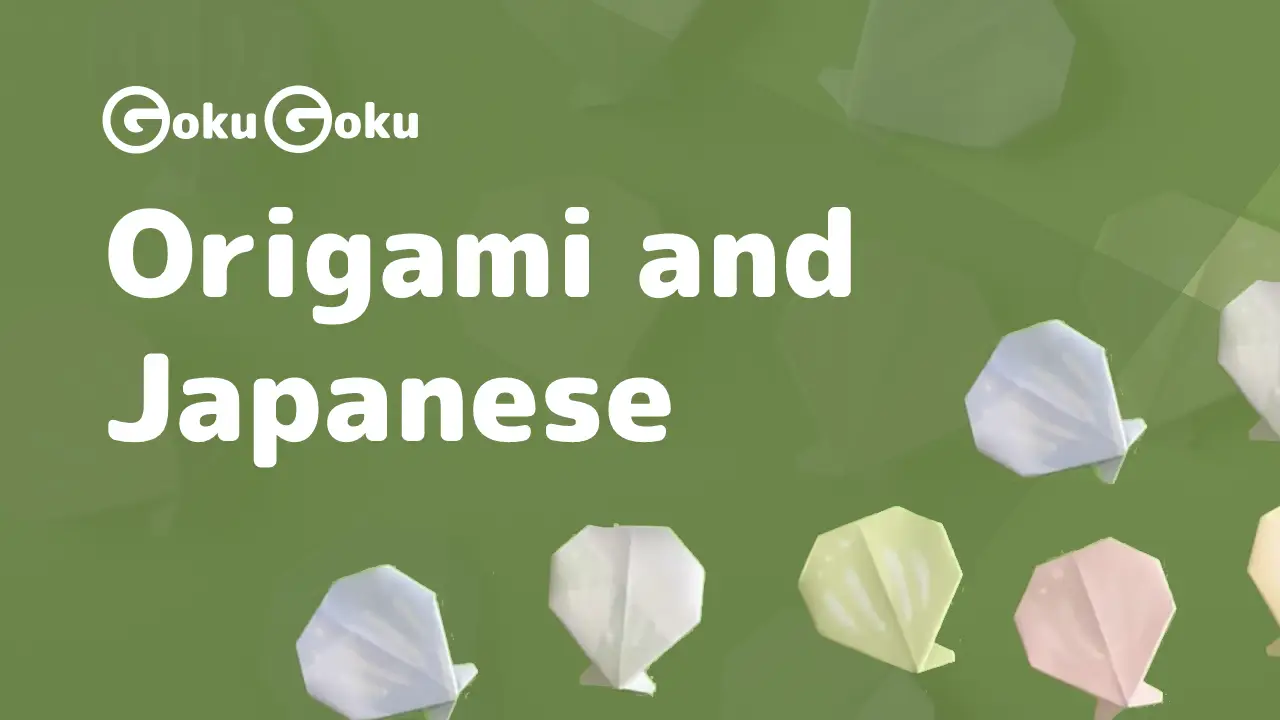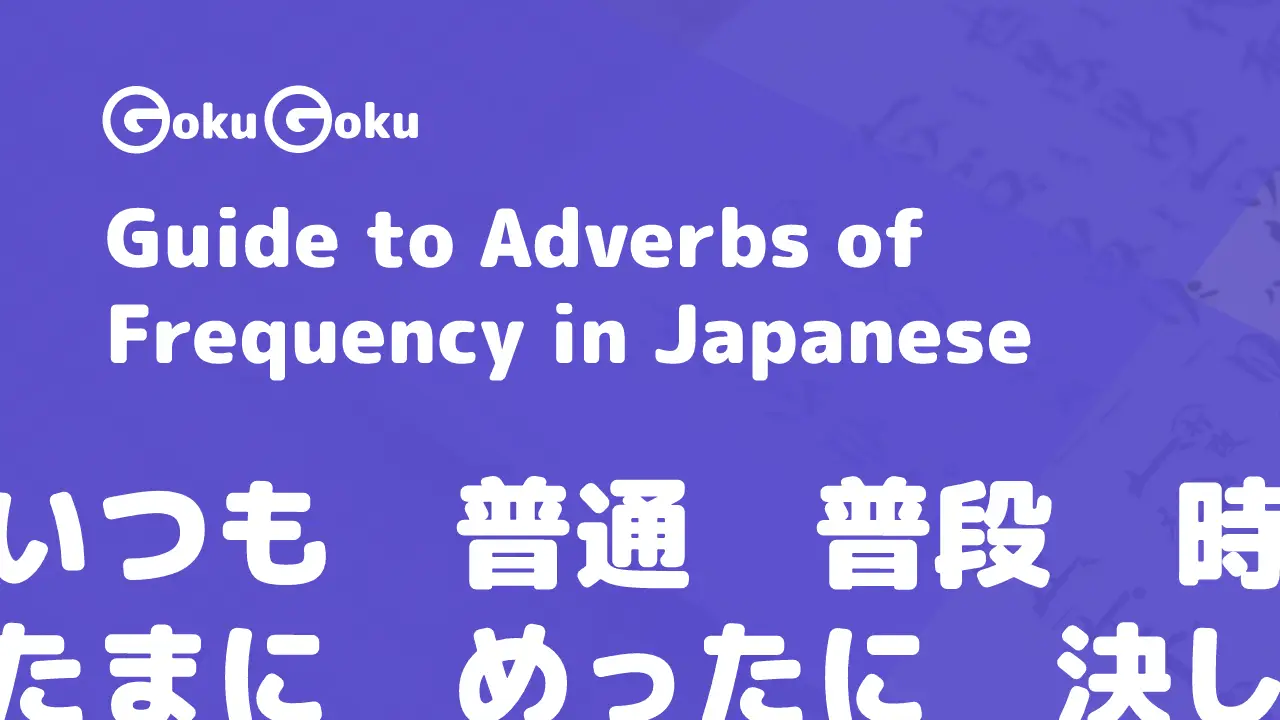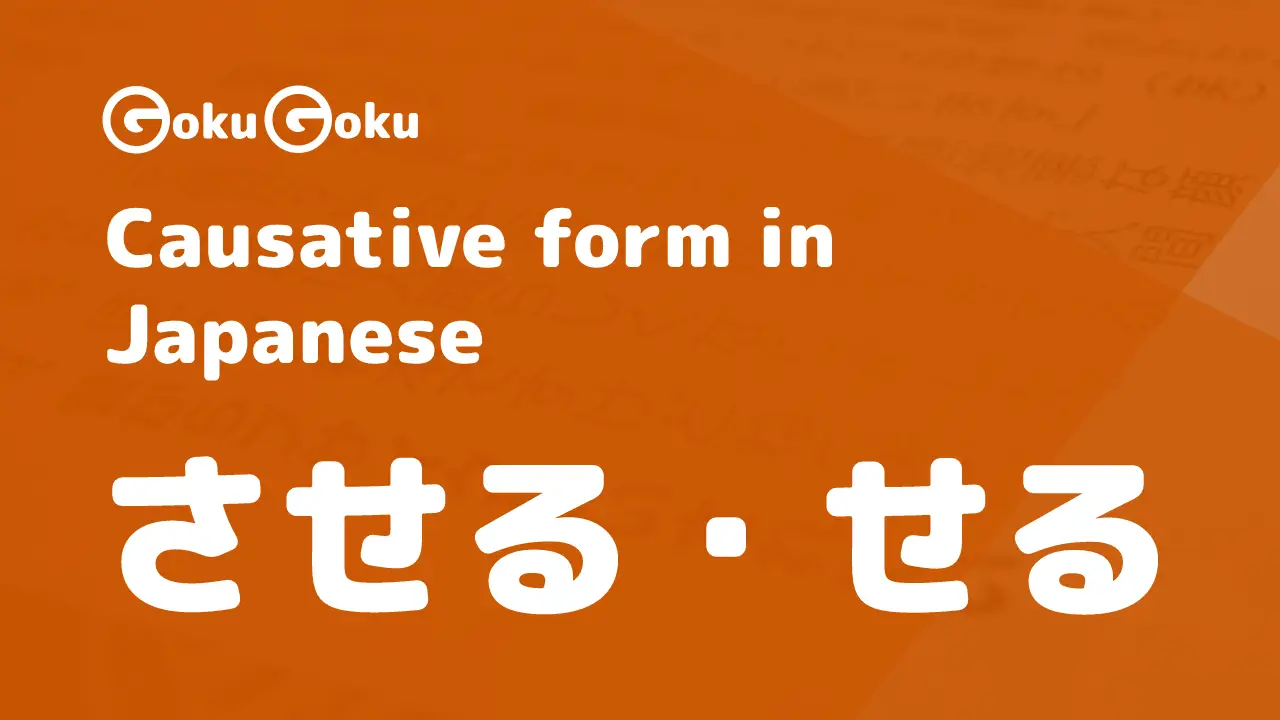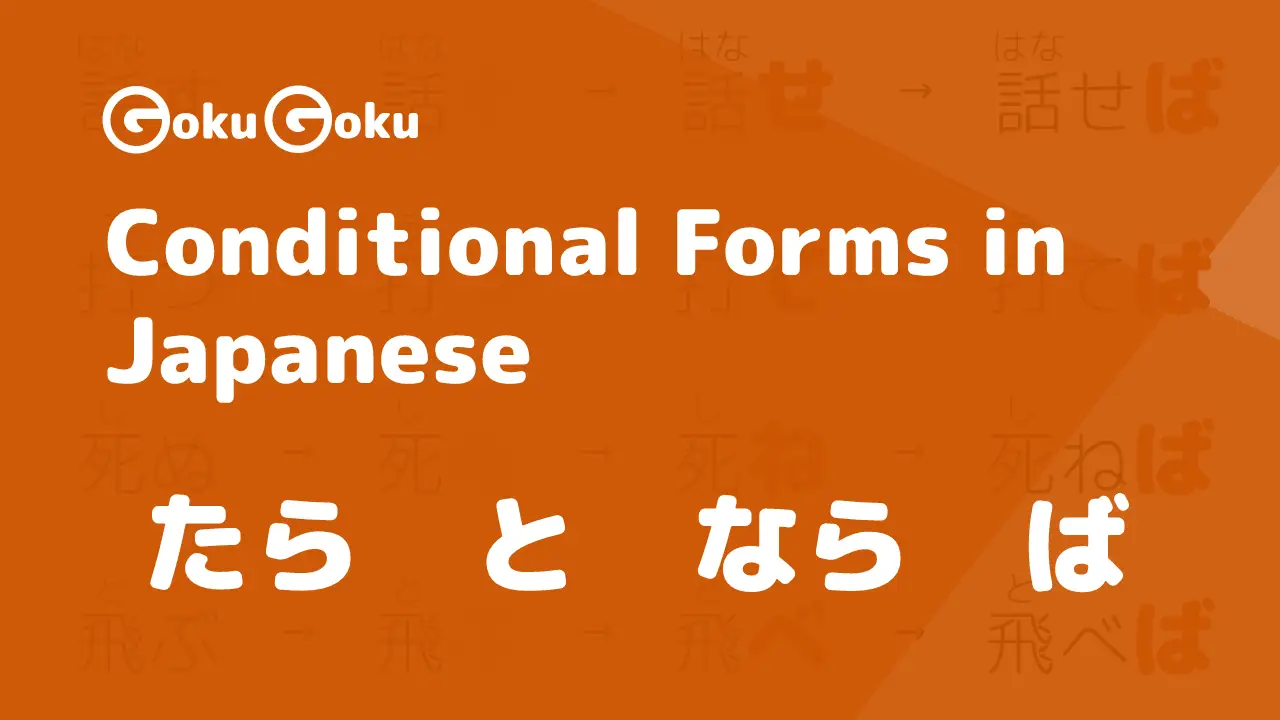5 Strategies to Learn Japanese Kanji
Sandro Maglione
Get in touch with me9 min reading time
Learning Kanji is one of the most complex and interesting challenges in your journey in the Japanese Language. There are thousands of Kanji with multiple readings and meanings for each of them.
Kanji are nonetheless required to reading any content in Japanese. What is the most effective way to overcome the challenge of learning so many Kanji?
Everyone who decides to learn Japanese will sooner or later face the most common of questions: What is the best way to learn Kanji?
In this post we are going to learn 5 effective strategies designed to learn Kanji in the fastest and most fun way possible.
1. Spaced Repetition
The most popular and effective strategy to memorize huge amount of Kanji is called Spaced Repetition.
Spaced Repetition is a strategy that consists in studying the same content at intervals that become longer and longer as your knowledge of the material gets more solid
This is the most recommended way to learn Kanji by the community. The idea is simple: in the moment when you see for the first time a new Kanji your "knowledge" of it is 100% (since you just saw it). As time passes though, you tend to forget this new information. The goal of Spaced Repetition is to prompt you to learn the Kanji in the exact moment in which you are going to forget about it.
The objective here is to maximize the number of Kanji you can learn over time, while at the same time reducing the amount of time you need to spend studying
This method has many advantages that makes it ideal for studying Kanji:
Repeat more times the Kanji you tend to forget, while reducing the number of reviews for Kanji that you already know
Study a large number of Kanji at the same time, while leaving to the algorithm the task of figuring out when to study them again
Optimize your study time, reducing unnecessary repetitions when you already know a Kanji
Example of Spaced Repetition
There are many applications and manual methods to implement Spaced Repetition.
Nonetheless, the only thing that matter is adhering to the basic principle of grouping Kanji at intervals based on your knowledge of them.
The fastest way to understand and try spaced repetition is by using pen and paper:
- Draw on some pieces of paper the Kanji you want to study
On the front of the paper draw the Kanji
On the back of the paper write the Kanji meaning and reading
- Split the cards in 5 or more groups. Each group represents your knowledge level for the cart is contains:
Level 1 are the Kanji that you do not know and therefore the ones you will need to review more often
Level 5 are the Kanji you know best, the ones you will need to review less often
At the beginning all the cards are at level 1
During a review session you should see the front side of the card and try to guess the meaning and reading of the Kanji
Each card you recognize should advance to level 2, while all other cards must stay at level 1
Every level corresponds to the time interval that needs to pass before doing another review of the cards it contains
- For example, cards at level 1 can be studied every 1 hour, level 2 every 6 hours, level 3 every 24 hours, etc.
Over time, each card will advance further and further up the levels, meaning that you are learning and memorizing more and more Kanji
If you feel you really do not remember a Kanji you could also decide to move it down one level instead of staying in the same.
2. Build Kanji based on their components
One important principle when studying Kanji is to start from simpler ones and then gradually approach the more complex ones.
In fact, every Kanji is a made from one or more basic components. Every Kanji is simply a composition of other Kanji or components that are put together to form a more complex shape.
Every Kanji is a composition of components
We can take advantage of this principle to simplify our learning process.
It is easier to start from the most basics Kanji and components before advancing to the more complex ones. This strategy allows us to recognize more complex shapes as a simple composition of basic forms that we already know.
How to divide a Kanji based on its components
Let us see a real example of components for the kanji 遊 (play). If you never saw this Kanji before it may be intimidating to learn right away.
Nonetheless, this Kanji is simply a composition of the following simpler shapes:
⻌: radical
方:
road,way𠂉: radical
子:
child
Now it becomes a lot easier to visualize and remember the kanji 遊. The Kanji is no more just a series of lines without order, but it is now a logical composition of simpler forms, each with it own meaning.
This process could be done also for some of the Kanji that are part of 遊:ono 遊:
方
丨: radical
万:
10'000子
乛: radical
亅: radical
一: radical
Start from the most simple Kanji shapes and approach more and more complex Kanji as you improve your recognition of simple forms
3. Group Kanji by components
We can further take advantage of the previous principle to define another new strategy to learn Kanji more effectively. Since every Kanji is made of components, we can group Kanji together based on their visual similarity.
Grouping Kanji together based on the similarity of their shape makes creating association between them a lot easier
By creating associations between similar Kanji we are able to expand our knowledge starting from information that we already acquired.
For example, let's take the kanji 子 (child). This Kanji is a component for many more complex Kanji:
学:
study好:
like存:
existence乳:
milk孫:
nephew
We can group all this Kanji together in one group linked to the Kanji 子. By doing this, it will become easier to extend our knowledge from facts we already know.
Say that you happened to know the Kanji 学 already. When you see the Kanji 存 for the first time you will be able to link it with 学 so it becomes easier to remember both.
Group Kanji based on their components in order to learn them more easily
4. Group Kanji based on their reading
One of the most challenging aspect of learning a Kanji is remembering all its readings.
The fact that one Kanji can have more than one reading definitely does not help. Nonetheless, we can exploit this fact at our advantage!
We can you the exact same association principle we saw before to group Kanji together based on their reading.
Let us take the reading かた kata as an example. The most simple Kanji with this reading is 方 path.
If we know the Kanji 方 we can create an association to all the other Kanji that have the same reading:
肩:
shoulder型:
model硬い:
hard形:
shape刀:
katana
As we have seen before, we can now create more solid associations and stories to help us in our quest in learning more and more Kanji.
5. Immersion
That being said, memorization only is not generally sufficient to learn all the Kanji at an higher level.
That is because recognizing the shape and meaning of a Kanji is not enough to understand its nuances to a more granular and intuitive level.
We need to remember that a simple translations cannot express all the nuances that the original Kanji will have. This means that in order to reach the next level in your understanding of the language you will need to encounter the same Kanji many times in real contexts.
The ultimate learning strategy for a Kanji is to see it used hundreds of times in different contexts, in order to fully understand all its possible meanings
This is the basic principle at the core of every language. If you want to be able to learn a concept to a more intuitive level you need to hone your knowledge of the idea over time, after many iterations.
This strategy is more suited for people who are more advanced in their journey: those who want to really take their understanding to the next level.
What do we mean by Immersion
With Immersion we mean introducing Japanese in all your daily activities.
The study of the language will not be limited anymore to a series of daily study sessions. Instead, the language itself must become part of your daily routine.
This allows us to increase the number of hours and occasions in which we are exposed to the language. Some concrete method to integrate the Japanese language in your daily life are:
Change the language of your devices to Japanase: initially everything would look complex, but over time you will start to get used to more and more words and Kanji and their real meaning
Watching videos and film in Japanese: at the beginning is useful to turn on subtitles in Japanese, in order to view the symbol of each Kanji
Reading and Searching online on Japanese websites
Writing messages in Japanese with you friends that are studying Japanese just like you
Entering a Japanese Community to get more exposure to the language and learn to speak
These are just some ideas to practice immersion in the Japanese language. The idea here is to turn Japanese into you daily language.
Immersion is not always easy, but it is a required step for every learner that wants to reach an higher level of proficiency
These are our 5 strategies to learn Japanese Kanji. Of course you can find many more strategies and ideas. Make sure to choose the best strategy that suits you personal preference.
These stategies are based on years of studies in the field of memory and learning, with the objective of making you learning process more effective and enjoyable.
If you happen to know some other interesting strategy to learn Kanji share it with us on our social page.
Thanks for reading.
